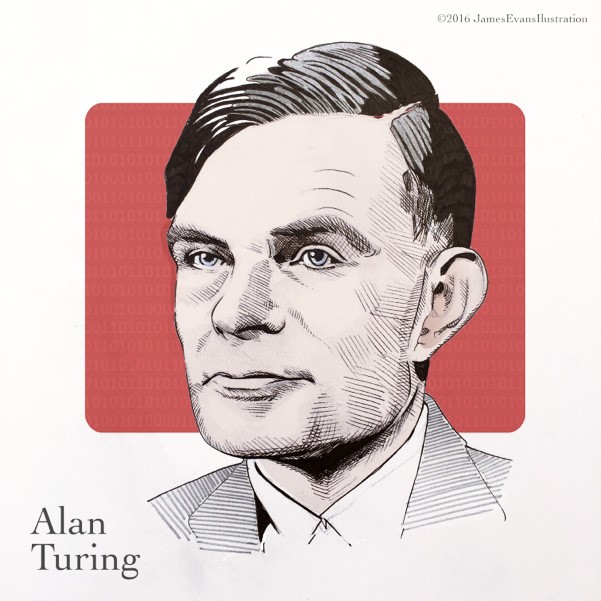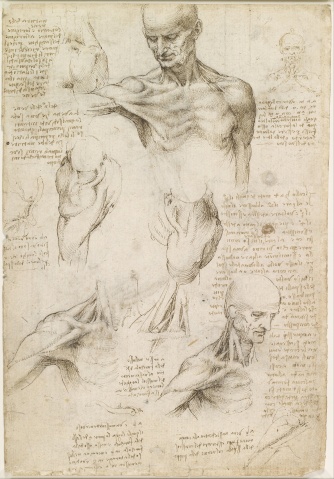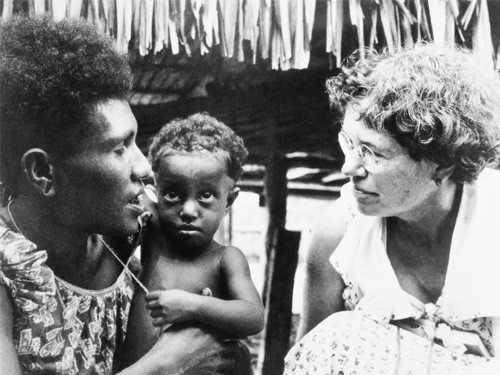
Jonathan Cooke
Fans of The Last of Us might be familiar with brain-altering parasites. These little critters and fungi are slowly creeping into the popular imagination thanks in part to media using them as the instigator of the ever-popular zombie apocalypse genre. The ‘bad guy’ of choice in The Last of Us is the parasite Cordyceps; a fungus that is represented by multiple species which ‘zombify’ their hosts, turning them into vessels for their reproduction.
Fortunately for you, Cordyceps; or more precisely Ophiocordyceps only prey on tiny insects found on the forest floor. In fact, they are quite an effective pest control, helping to keep insect populations in check.
Generally, whether or not the parasite kills their host, it will manipulate the host into a situation that is more advantageous for the parasite. For instance, if the current host is merely an intermediary for the parasite can reach their final host they will manipulate the current host’s behaviour to make it more likely they will come into contact with the final host.
Such parasites include the protozoan Toxoplasma gondii; which infect rodents, but reproduce in cats, alter the behaviour of their rodent hosts. Several behavioural experiments have found that rats infected by the parasite are much more likely to take risks than their non-infected counter-parts. This leaves them more susceptible to eaten by their feline predators, thereby continuing the parasites lifecycle.
These behavioural changes are usually brought about by manipulating the hosts brain chemistry, either increasing or decreasing the brains response to signals it is receiving. In the case of the rodents, T.gondii ‘makes’ encourages risk-taking behaviour by ignoring environmental stimuli that work to make them dive for cover, such as the scent of cats. In several experiments that exposed rats to the smell of various different organisms, rats infected with T.gondii tended to frequent areas that smelled of cats and were not scared of cats when they were in the area. This is part of the parasite’s ‘extended phenotype’; where the behaviour of the host changes to maximise the survival chances of the parasites genes.
Again and again these manipulations have been observed in the animal kingdom (although for the most part the actual mechanisms are not fully understood, I should know, I wrote my dissertation on it) but what if they do affect humans?
Are humans manipulated in the same way that others are, to benefit those organisms that are so much smaller than us?
Humans are parasitized by many different organisms, tapeworms being a well-known example. However, most parasites we know steal nutrients from the food we eat, or feed off us directly, like ticks. In both cases, they don’t kill us, and don’t need to do something as energy consuming as manipulating their host’s behaviour.
Manipulating your host’s behaviour typically indicates that you want your host to move somewhere or do something that would be out of the ordinary for them; but is advantageous for you as the parasite, e.g. in the case with Cordyceps, which want their spores to be better distributed, or you want your host to be eaten, such as with T.gondii.
Neither of those strategies would be viable in humans. We don’t tend to get eaten by other organisms until we die naturally and unless the parasite only breeds around beach resorts in Tenerife, there’s not much point in changing our behaviour.
So, what if it’s accidental? What if we get infected by something were not supposed to? How might a parasite, not realising its reached a reproductive dead-end, affect us? Well ever since humanity has been looking after our feline friends we’ve run the risk of accidental infection by T.gondii, although no one is quite clear as what this infection might do to us. Infection rates vary widely across the country and for the vast majority of the population infection is completely asymptomatic, though infection can also trigger toxoplasmosis which can have lethal consequences.
Some observational evidence from studies, seem to suggest that infection has a demonstrable effect on the behaviour of those who have picked up the parasite, although the consequences do differ between males and females. Women seemingly become more intelligent, affectionate, and more likely to follow rules, whilst men tend to mellow out, becoming more loyal and mild-tempered when compared against other males.
The only trait that those who are infected share across both genders is a higher level of neuroticism, being more likely to blame themselves for problems in their lives and to have a high sense of insecurity.
However, these correlations are just that – correlations. No work has been done to prove that T.gondii is what is causing these behavioural changes in people – if they are changes at all.
Perhaps the reverse is happening; those of us with these traits are more prone to getting infected. Very little work – for obvious ethical reasons – has been done to see T.gondii interacts with the human body. However, perhaps we can take small pleasure in the idea that it is going to be convincing us to get eaten by lions anytime soon.
Behaviour altering parasites is a new, emerging field in biology; its effects are rarely documented and even more rarely understood in how they work. For many years, however, there has been a fundamental view that humans are not affected by such parasites and that we are apart from the animal kingdom in this regard.
Perhaps it’s time we address this view?


 *Image reproduced with the Permission of James Evans Illustration.
*Image reproduced with the Permission of James Evans Illustration. Jonathan James
Jonathan James






 Jonathan James
Jonathan James